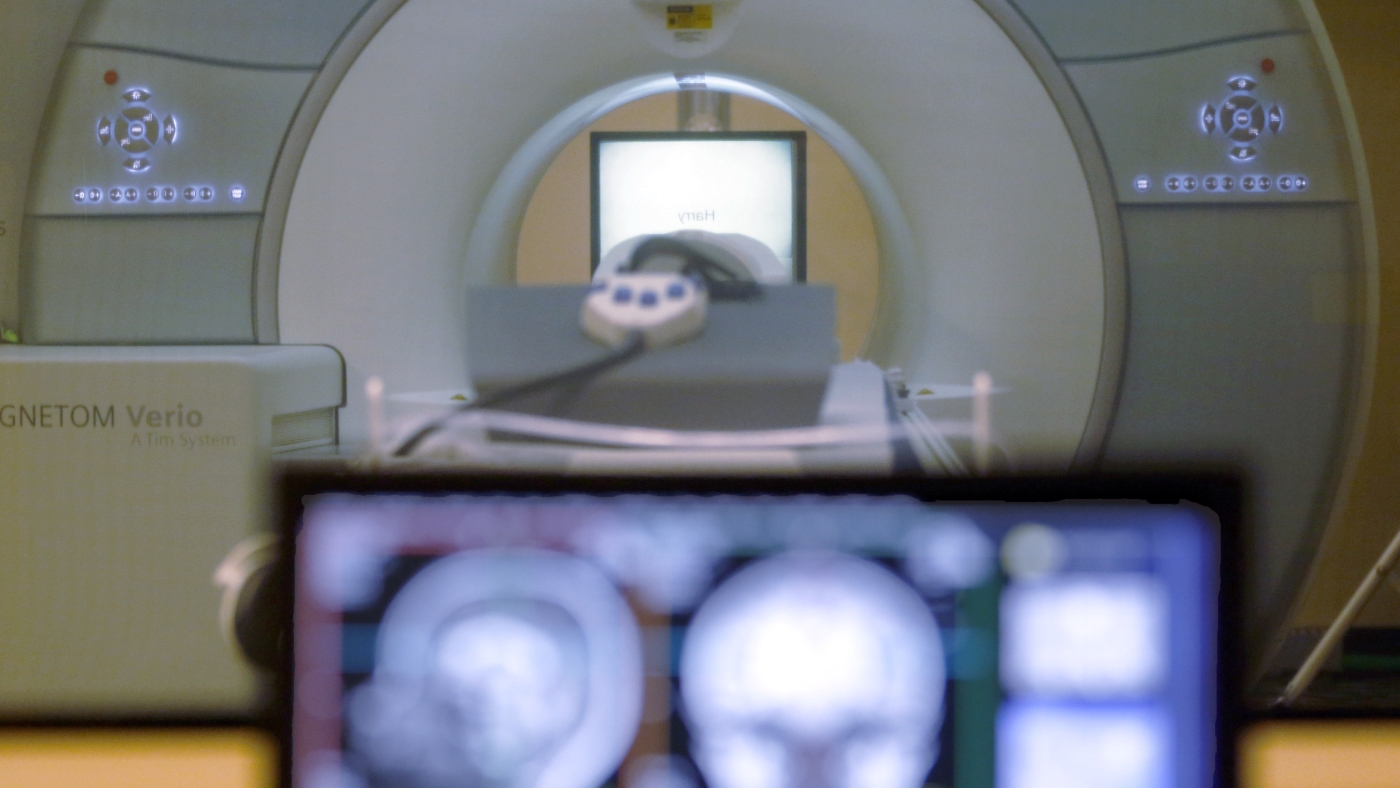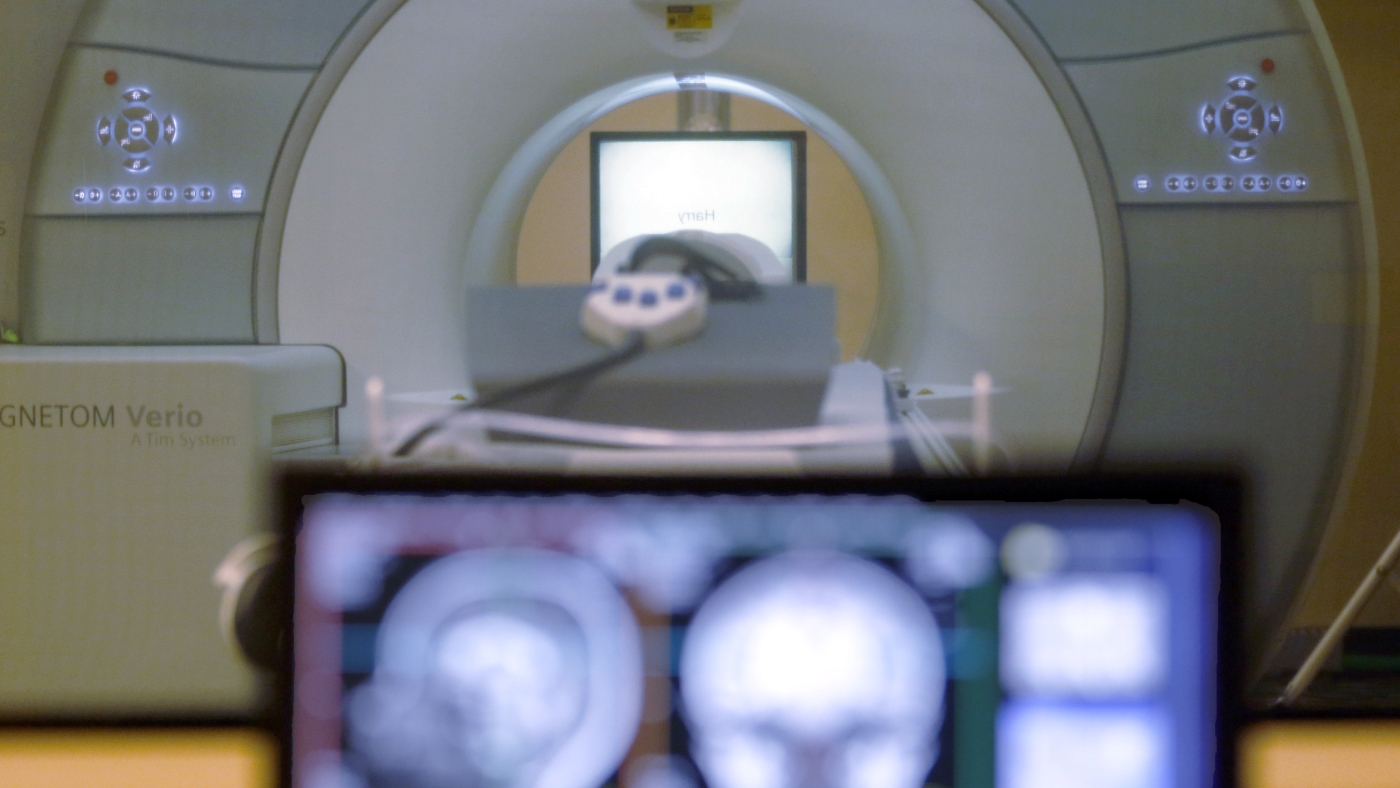The Magnet’s Deadly Embrace: A Fatal MRI Incident and the Importance of Safety Protocols
The Power and Peril of MRI Technology
Magnetic Resonance Imaging (MRI) machines are indispensable tools in modern medicine, offering unparalleled insights into the human body. These machines harness the power of strong magnetic fields, radio waves, and computer processing to generate detailed images of internal organs and tissues. The magnetic field, often thousands of times stronger than Earth’s, aligns hydrogen atoms in the body, which are then disrupted and realigned by radio waves to produce diagnostic images. However, this immense power comes with significant risks. Ferromagnetic materials, such as iron, nickel, and cobalt, can become dangerous projectiles when brought near an active MRI machine. The magnetic force can accelerate these objects with tremendous speed, posing a severe risk of injury or death.
The Tragic Incident in Long Island
The recent incident in Long Island serves as a grim reminder of these dangers. A 61-year-old man tragically lost his life after being pulled into an MRI machine due to a metal chain he was wearing. Reports indicate that the man entered the MRI room while the machine was active. The magnetic field acted on the metal in his chain, violently pulling him towards the machine. He sustained critical injuries and died the following day. This incident raises critical questions about the adherence to safety protocols in MRI environments.
Key Questions and Concerns
Reinforcing Safety Protocols
The tragic death in Long Island underscores the critical need for robust and consistently enforced safety protocols in all MRI facilities. These protocols should encompass several key areas:
Strict Access Control
Implement measures to prevent unauthorized entry into the MRI suite, such as locked doors, keycard access, and constant monitoring. This ensures that only authorized personnel and properly screened patients enter the area.
Comprehensive Screening
Conduct thorough screening of all individuals entering the MRI suite, including patients, staff, and visitors. Utilize questionnaires, visual inspections, and metal detectors to identify any metallic objects. This step is crucial to prevent accidents involving ferromagnetic materials.
Patient Education
Clearly communicate the risks associated with MRI scans to patients. Explain the importance of removing all metallic items and provide a secure storage area for personal belongings. Educating patients about the dangers can significantly reduce the risk of accidents.
Staff Training
Provide comprehensive and ongoing training to all MRI staff on safety procedures, emergency response protocols, and the potential hazards of magnetic fields. Regular drills and simulations can help reinforce these skills and prepare staff for emergencies.
Signage and Warnings
Prominently display clear and concise warnings about the dangers of magnetic fields at all entrances to the MRI suite. Use visual aids and multilingual signage to ensure that the message is easily understood by everyone.
Equipment Maintenance
Regularly inspect and maintain the MRI machine to ensure that all safety features are functioning properly. This includes checking the magnetic field strength, cooling systems, and emergency shutdown mechanisms.
Incident Reporting
Establish a clear system for reporting and investigating any near misses or incidents involving MRI safety. This information can be used to identify areas for improvement and prevent future accidents.
Cultivating a Culture of Safety
While stringent protocols are vital, they are only effective when embedded within a culture of safety. This means fostering an environment where safety is prioritized, concerns are readily voiced, and everyone takes ownership of maintaining a safe MRI environment.
Leadership Commitment
Hospital and radiology department leadership must demonstrate a clear commitment to safety, providing the resources and support necessary to implement and maintain effective safety programs. This includes investing in training, equipment, and continuous improvement initiatives.
Open Communication
Encourage open communication and feedback between staff members regarding safety concerns. Create channels for reporting potential hazards without fear of reprisal. This open dialogue can help identify and address safety issues before they escalate.
Continuous Improvement
Regularly review and evaluate safety protocols to identify areas for improvement. Stay abreast of the latest safety guidelines and technological advancements. Continuous improvement ensures that safety protocols remain effective and up-to-date.
Empowerment
Empower staff members to stop a procedure if they have any safety concerns. This requires creating an environment where staff feel comfortable speaking up and challenging potentially unsafe practices. Empowerment can prevent accidents by allowing staff to take immediate action when they identify a risk.
Addressing Human Error and Complacency
Even with the best protocols and a strong safety culture, the potential for human error remains. Complacency, fatigue, and distractions can all contribute to lapses in judgment that can have devastating consequences.
Fatigue Management Strategies
Ensure that staff members have adequate rest and breaks to prevent fatigue-related errors. Fatigue can impair judgment and reaction times, increasing the risk of accidents. Implementing fatigue management strategies can help maintain staff alertness and performance.
Mindfulness and Focus
Encourage staff to be fully present and focused during each procedure. Minimize distractions and interruptions to ensure that staff can concentrate on their tasks. Mindfulness and focus can help prevent errors and improve overall safety.
Checklists and Reminders
Employ checklists and visual reminders to reinforce critical safety steps. Checklists can help staff remember important safety procedures and reduce the risk of oversight. Visual reminders can serve as constant prompts to follow safety protocols.
Peer Review
Implement peer review processes to provide an extra layer of safety oversight. Peer review can help identify potential safety issues and ensure that all staff members adhere to safety protocols. This collaborative approach can enhance safety and accountability.
Learning from Tragedy
The tragic death in Long Island should serve as a catalyst for change in the MRI community. By thoroughly investigating the incident, identifying the root causes, and implementing corrective actions, we can prevent similar tragedies from occurring in the future. It is imperative that all MRI facilities re-evaluate their safety protocols, reinforce staff training, and cultivate a culture of unwavering vigilance. The lessons learned from this incident must be translated into concrete actions to protect patients and staff from the potentially deadly power of MRI technology.
Never Again: Remembering the Importance of Vigilance
The story of the man pulled into the MRI machine is a stark reminder that even seemingly routine medical procedures carry inherent risks. While MRI technology offers invaluable diagnostic capabilities, it also demands unwavering respect and adherence to strict safety protocols. Let this tragedy serve as a call to action for healthcare professionals, administrators, and regulators to prioritize MRI safety and ensure that such an event never happens again. By learning from this incident and implementing robust safety measures, we can honor the memory of the victim and protect the lives of future patients and staff.








